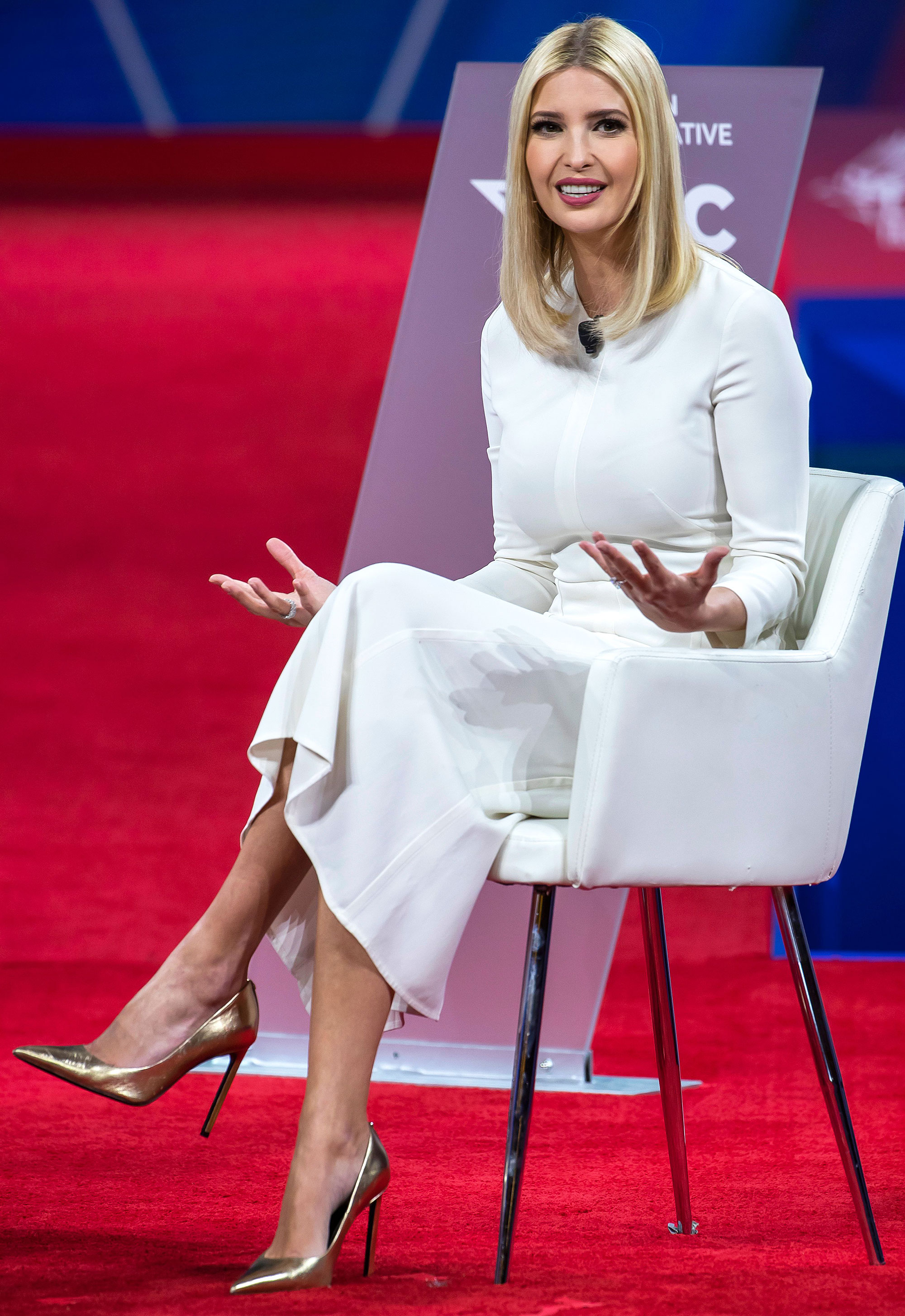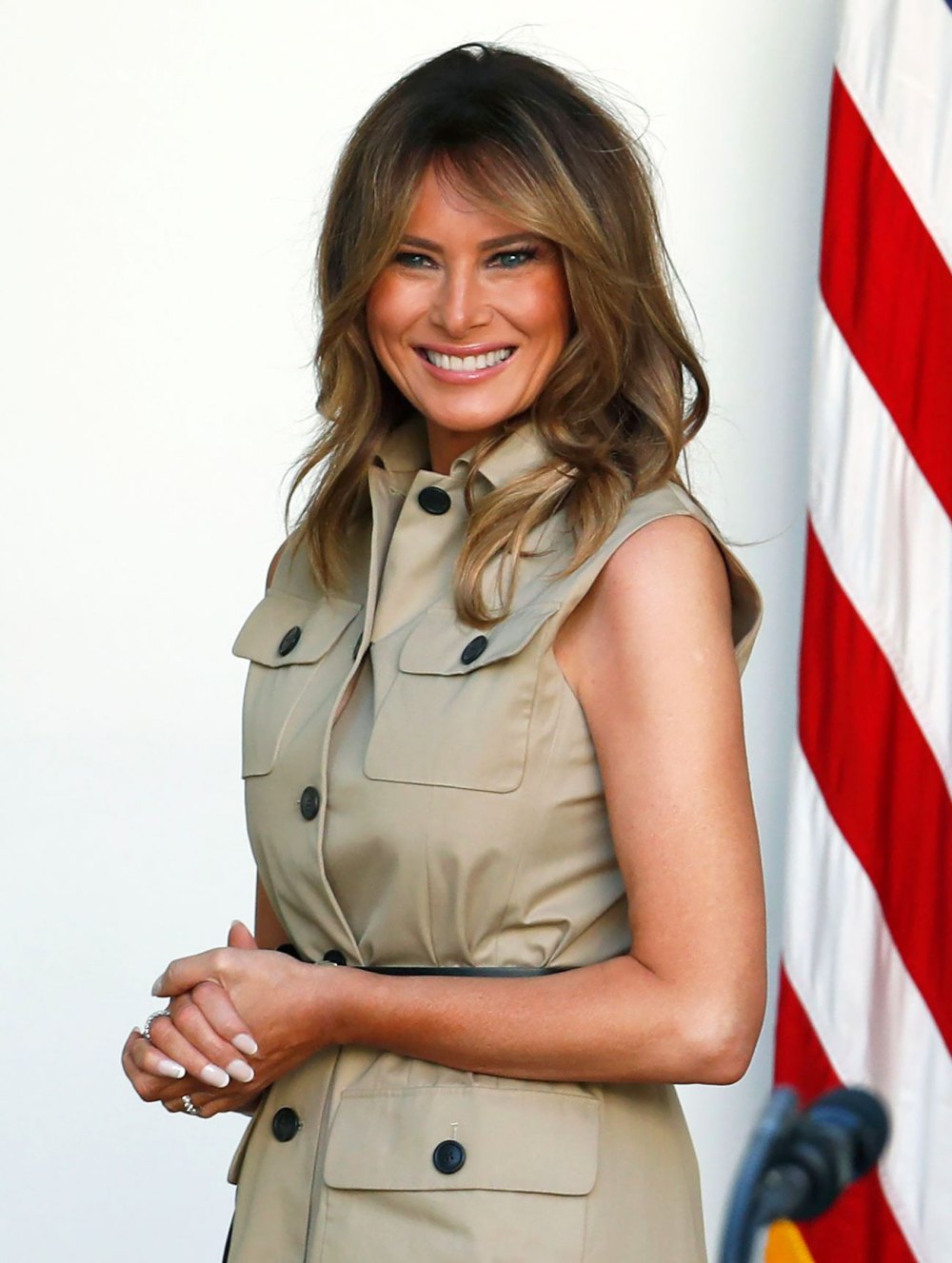Paetongtarn Shinawatra, 31st prime minister of Thailand
Paetongtarn Shinawatra is the current Prime Minister of Thailand and the youngest person to ever hold the position. She is the daughter of former Prime Minister Thaksin Shinawatra and the niece of Yingluck Shinawatra, both of whom have also served as Prime Ministers of Thailand. Her family’s wealth and political influence have played a significant role in shaping her career and public life.

Paetongtarn Shinawatra has a solid educational background and her diverse educational background combines political science and hospitality management, reflecting her multifaceted interests and career path.
Paetongtarn Shinawatra follows the Buddhist religion, which is the predominant religion in Thailand. Buddhism plays a significant role in Thai culture and society, and it influences many aspects of daily life, including politics and social values.
Paetongtarn Shinawatra’s fashion style is a blend of modernity and tradition, reflecting her role as Thailand’s youngest Prime Minister. Here are some key elements of her style:
- Tailored Suits: She often wears tailored suits that convey professionalism and authority. These suits are a staple in her wardrobe for formal engagements.
- Traditional Thai Elements: Paetongtarn incorporates traditional Thai elements into her outfits, such as modernized versions of the “Chut Thai,” a traditional Thai garment. This fusion of modern and traditional styles showcases her cultural heritage.
- Luxury Brands: She has a soft spot for luxury brands like Chanel, Louis Vuitton, Dior, and Gucci. However, she avoids flaunting logos and opts for classic accessories, such as an Audemars Piguet Royal Oak watch and a Van Cleef & Arpels Alhambra necklace.
- Conservative and Classic: Despite trends like cropped tops and figure-hugging dresses, Paetongtarn maintains an elegant and demure look. She prefers structured pieces like blazers, often in the red color of the Pheu Thai Party.
- Fun with Textures and Colors: While her style is generally conservative, she adds a touch of fun by playing with textures and colors to liven up her formal look.
Her fashion choices not only reflect her personal style but also contribute to her image as a modern yet culturally rooted leader.
Here are a few ways her wealthy and influenced family background influences her fashion style:
- Luxury Brands: Growing up in a wealthy family, Paetongtarn has access to high-end fashion brands. Her preference for luxury items like Chanel, Louis Vuitton, Dior, and Gucci is a testament to this. These brands are known for their quality and status, which align with her family’s affluence.
- Elegance and Professionalism: Being part of a politically influential family, her fashion choices often exude professionalism and elegance. She frequently opts for tailored suits and classic pieces that convey authority and respectability.
- Cultural Heritage: Despite her modern style, she incorporates traditional Thai elements into her wardrobe, honoring her cultural roots. This blend of modern and traditional attire highlights her respect for her heritage and the values instilled by her family.
- Attention to Detail: Her fashion style includes meticulously chosen accessories that subtly display her status, like her Audemars Piguet Royal Oak watch and Van Cleef & Arpels Alhambra necklace, which are sophisticated without being ostentatious.
Also, Paetongtarn Shinawatra’s fashion style is indeed related to her political interests and role. Here’s how her fashion choices complement her political identity:

Empowerment: Through her elegant and well-chosen outfits, she promotes the image of a modern, empowered woman. This not only sets a positive example for women in Thailand but also aligns with her advocacy for women’s rights and empowerment.
Professionalism: As Prime Minister, she often wears tailored suits and professional attire, which convey authority and competence. This helps her project a strong, capable image, crucial for gaining respect and trust in the political arena.
Cultural Respect: By incorporating traditional Thai elements into her wardrobe, she demonstrates respect for Thai culture and heritage. This helps her connect with the Thai population and shows her commitment to preserving and honoring national traditions.
Symbolism: Paetongtarn’s use of specific colors and styles can also be symbolic. For instance, she frequently wears red, the color of the Pheu Thai Party, signaling her loyalty and support for her party and its values.
Accessibility: Her fashion choices, while sophisticated, are often relatable and approachable, reflecting her desire to connect with a broad audience. This approachability is essential in politics, where building a rapport with the public is important.
Through her fashion, Paetongtarn not only expresses her personal style but also reinforces her commitment to women’s rights and empowerment. She sets an example for women, showing that one can be both stylish and a strong advocate for important social issues.



















